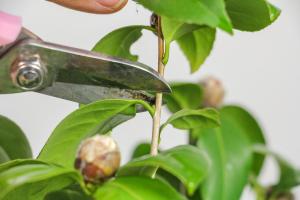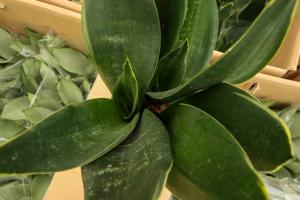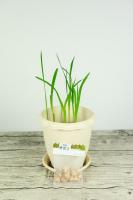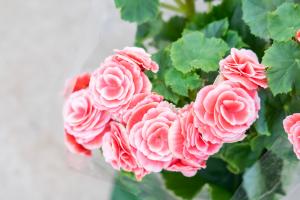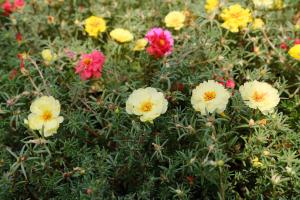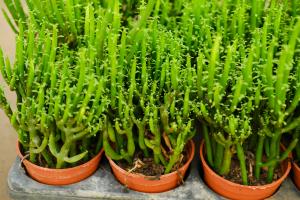When Should I Bring Potted Plants Indoors?
Potted plants are a wonderful addition to any indoor or outdoor space. They not only add beauty and color to our environment, but they also help purify the air we breathe. However, when the weather turns cold, many gardeners wonder when they should bring their potted plants indoors. The answer depends on several factors, such as the type of plant, its hardiness and the local climate. In this article, we will discuss some general guidelines for bringing potted plants indoors.
First Frost Date
If you live in a climate that experiences frost or freezing temperatures, the first frost date is an important consideration. This is the date when the temperature drops below 32°F (0°C) for the first time in the fall. Once the first frost has occurred, it's time to start thinking about bringing in your outdoor potted plants.
If you're not sure when the first frost typically occurs in your area, check with your local gardening center or extension service for guidance. It's also a good idea to monitor the weather forecast for any sudden drops in temperature.
Plant Hardiness
The hardiness of a plant is another key factor to consider when determining when to bring it indoors. Some plants, such as succulents and cacti, are naturally more resistant to colder temperatures and can tolerate being outside for longer periods. Other plants, such as tropicals, may require more protection from the cold, especially if they are not native to your area.
If you're unsure about the hardiness of a particular plant, consult a gardening guide or website for more information. It's also a good idea to do your research before purchasing a new potted plant to ensure it's a good fit for your climate and environment.
Indoor Conditions
When you bring your potted plants indoors, it's important to provide them with the right conditions to thrive. First, make sure they are placed in a location with adequate sunlight. Most plants require at least 6 hours of sunlight a day to stay healthy.
Second, ensure that the temperature and humidity levels are appropriate for your plants. Most houseplants prefer temperatures between 65°F and 75°F (18°C to 24°C) and humidity levels between 40% and 60%. You may need to adjust the humidity levels in your home to accommodate your plants.
Caring for Indoor Plants
Once your potted plants are indoors, it's important to continue to care for them properly. This includes watering them regularly, ensuring they have proper drainage, and fertilizing them as needed.
Keep an eye out for any pests or diseases that may develop in your indoor plants. Common pests include spider mites, mealybugs, and aphids. If you notice any signs of infestation, take action immediately to prevent further damage to your plants.
Conclusion
Bringing potted plants indoors is a great way to extend their lifespan and beautify your home during the colder months. By considering factors such as the first frost date, plant hardiness, and indoor conditions, you can ensure that your plants stay healthy and vibrant throughout the winter. With a little care and attention, your potted plants can thrive indoors and provide you with beauty and enjoyment all year long.

 how many times do yo...
how many times do yo... how many planted tre...
how many planted tre... how many pine trees ...
how many pine trees ... how many pecan trees...
how many pecan trees... how many plants comp...
how many plants comp... how many plants can ...
how many plants can ... how many plants and ...
how many plants and ... how many pepper plan...
how many pepper plan...